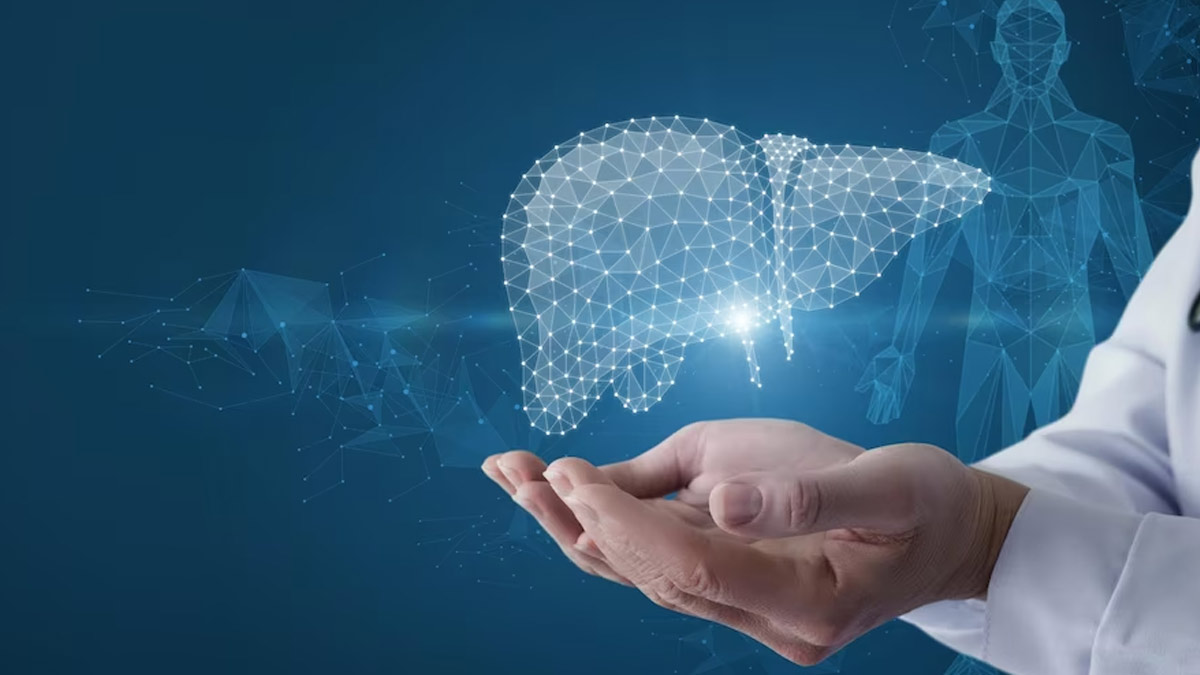
Fatty liver, also known as hepatic steatosis, is a common health condition characterised by the accumulation of excess fat in the liver cells. While the liver normally contains some fat, when it exceeds 5-10% of its weight, it can lead to fatty liver disease. One of the ways fatty liver manifests is through swelling or enlargement of certain body parts.
Causes Fatty Liver
Fatty liver is primarily caused by unhealthy lifestyle choices, such as a high-fat diet, sedentary lifestyle, excessive alcohol consumption, obesity, or certain medical conditions like diabetes and metabolic syndrome. The liver's ability to process fat becomes impaired, leading to its accumulation and potential enlargement.
"Recent study suggests Alcoholic Fatty Liver Disease (ALD) is responsible for around 50% of all chronic liver disease cases in India, while Non-Alcoholic Fatty Liver Disease (NAFLD) is estimated to affect up to 30% of the population," said Dr Krishanu Banik, Consultant-Gastroenterology, Fortis Hospital, Anandapur, Kolkata.
Swelled Body Parts as Indicators
Enlarged Abdomen
An enlarged or distended abdomen, commonly referred to as a "pot belly," can be one of the most noticeable indicators of fatty liver. Excess fat accumulation in the liver can cause hepatomegaly, leading to an increase in abdominal size and discomfort.
Also read: Non-alcoholic Fatty Liver Disease: Causes And Treatment
Swollen Legs and Ankles
Fatty liver can disrupt the liver's ability to produce proteins essential for maintaining fluid balance in the body. As a result, fluid may accumulate in the lower extremities, leading to swollen legs and ankles.
Puffy Eyes
As per a journal, fluid retention due to fatty liver can also manifest as puffy or swollen eyes, especially in the morning.

Why Early Detection Is Important?
Detecting fatty liver in its early stages is crucial for preventing potential complications. If left untreated, fatty liver can progress to non-alcoholic steatohepatitis (NASH), liver fibrosis, and ultimately, cirrhosis, which is irreversible scarring of the liver. Early detection allows for lifestyle changes and medical interventions to halt or reverse the progression of the disease.
Diagnosis and Management
To diagnose fatty liver, doctors may use a combination of blood tests, imaging techniques like ultrasound, MRI, or CT scans, and liver biopsy if necessary. If fatty liver is detected, the primary focus of treatment is addressing the underlying causes, such as adopting a balanced diet, engaging in regular physical activity, and managing associated conditions like diabetes or high blood pressure.
Also read: Fatty Liver Disease: Expert Explains Risk Factors And Prevention Tips
Prevention and Lifestyle Changes
Preventing fatty liver involves adopting a healthy lifestyle. This includes consuming a balanced diet rich in fruits, vegetables, and whole grains, limiting saturated fats and sugary foods, maintaining a healthy weight through regular exercise, and moderating alcohol intake or avoiding it altogether.
Swelled body parts, particularly an enlarged abdomen, swollen legs, ankles, and puffy eyes, can serve as indicators of fatty liver.
Recognising these signs and seeking medical attention promptly can lead to successful intervention and lifestyle changes, helping to safeguard liver health and overall well-being. Remember, prevention is always better than cure, and adopting a healthy lifestyle is the key to a healthy liver and a healthier you.







